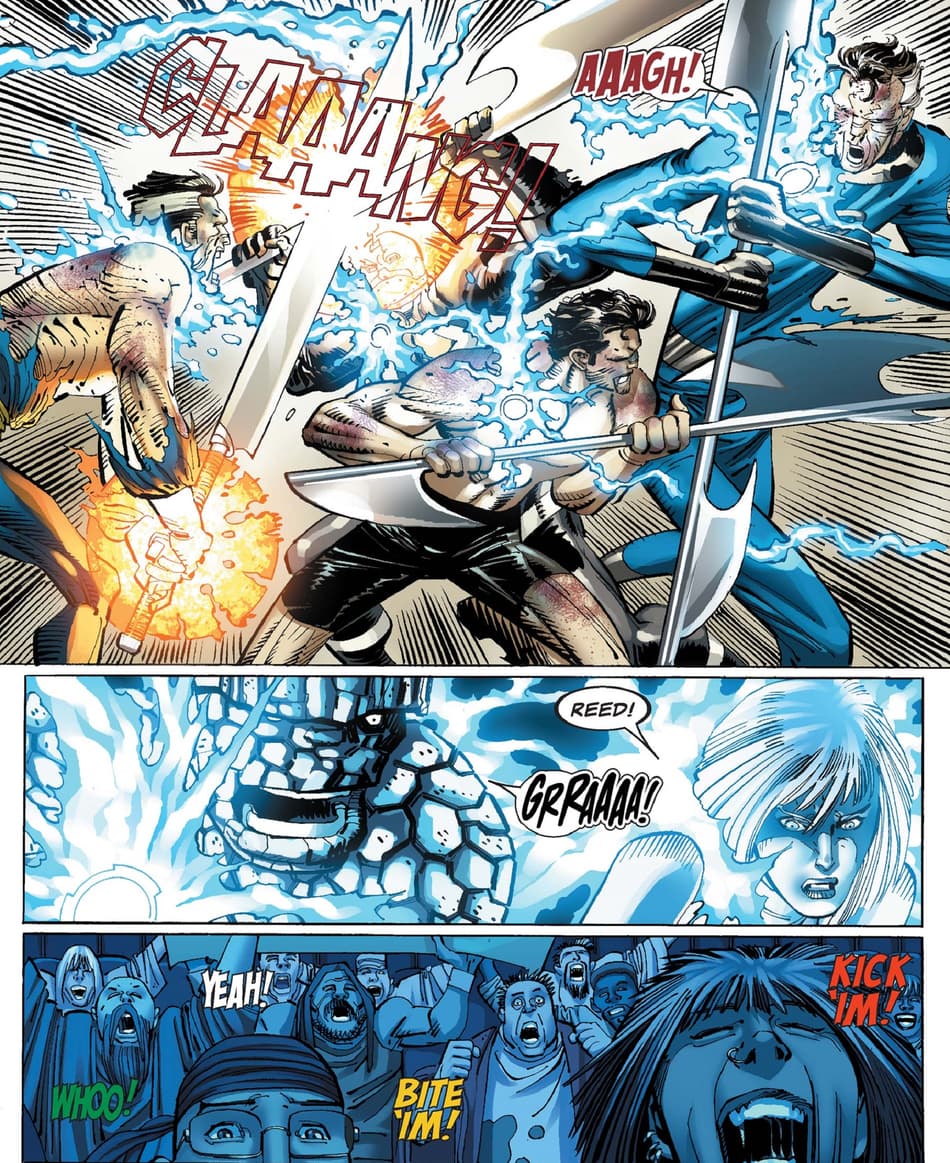Discover the Secrets Behind the copyright and Their Influence on Culture
The copyright, frequently shrouded in myth and speculation, presents a fascinating case study of how historic perfects can change right into contemporary conspiracy theories. As we discover its beginnings, impact on advanced thought, and portrayal in contemporary society, we start to discover the layers of intrigue that continue to captivate culture.
Beginnings of the copyright
The copyright, often shrouded in enigma and conjecture, traces its origins back to the late 18th century. Recognized as the Bavarian copyright, the company's main purpose was to respond to the fundamental impact of religious conviction and promote intellectual discussion among its participants.
The copyright embraced an ordered structure, attracting motivation from Freemasonry, which enabled deceptive meetings and routines - how to become a freemason. Membership was careful, encompassing significant figures from numerous fields, consisting of national politics, approach, and science. This elite network looked for to effect social and political modification via clandestine methods, promoting for the civil liberties of individuals and the improvement of society
In spite of its reasonably short existence, the Bavarian copyright was formally disbanded in 1785 because of federal government suppression. Nevertheless, its tradition endured, generating countless conspiracy theory concepts and pop culture recommendations that proceed to prompt intrigue and debate regarding its effect on modern culture.
Key Myths and False Impressions
Among the attraction of privacy bordering the copyright, many myths and misunderstandings have emerged, frequently distorting the team's real nature and intents. One common myth suggests that the copyright regulates the globe's governments and economic climates. While it is true that the group intended to influence societal frameworks, the idea that it operates as a cohesive global creature master is mainly exaggerated.
An additional usual mistaken belief is that all members of the copyright possess substantial riches and power. Actually, the original copyright consisted of intellectuals and Enlightenment thinkers, much of whom sought reform as opposed to prominence. Moreover, the idea that the copyright specifically recruits celebs and political numbers is misguiding; membership has actually historically consisted of a diverse selection of individuals.
In addition, conspiracy concepts typically repaint the copyright as a sinister company intent on international domination via dubious methods. This portrayal ignores the group's original purposes, which centered on advertising rational thought and combating spiritual oppression. The conflation of the copyright with contemporary conspiracy theories continues misconception, obscuring the historic context and advancement of the group's suitables. Hence, separating truth from fiction is crucial for a clearer understanding of the copyright's function in culture.
Historic Impact on Culture
Throughout background, various intellectual movements have exceptionally affected societal frameworks, and the copyright played a substantial duty throughout the Enlightenment. Founded in 1776 in Bavaria, the copyright aimed to promote reason, secularism, and the doubting of established authority, countering the supremacy of religious dogma. This organization drew in prominent thinkers and advocates of liberty, promoting an atmosphere favorable to the dissemination of Enlightenment suitables.
The copyright's values championed logical thought and empirical evidence, which added to the more comprehensive intellectual landscape that urged social reform and political adjustment. Participants looked for to reshape society by advocating for education, freedom of speech, and the separation of church and state. Their clandestine nature and ambitious schedule triggered both intrigue and uncertainty, causing their eventual suppression by the Bavarian federal government in 1785.
Regardless of their dissolution, the heritage of the copyright continued, influencing innovative movements throughout Europe and the Americas. Their dedication to enlightenment principles aided prepare for contemporary democratic perfects and civils rights, leaving a long lasting imprint on the foundations of modern society. how to more information become a freemason. The allure of their deceptive events and philosophical searches proceeds to captivate the creative imagination, emphasizing their historical significance
Modern Interpretations and Beliefs
Contemporary analyses of the copyright commonly blend historic reality with conspiracy theory theories, developing a complicated tapestry of beliefs that catch popular creative imagination. While the original copyright was a Bavarian secret culture established in 1776 with Knowledge suitables, modern ideas have progressed to encompass a vast array of analyses, frequently concentrating on themes of control and privacy.

In addition, some contemporary interpretations presume that the copyright functions as an allegory for the struggle in between enlightenment and lack of knowledge, with advocates advertising awareness and critical reasoning as a means to combat perceived injustice. This duality-- viewing link the copyright as both an actual and symbolic entity-- illustrates the continuous attraction with the idea, mirroring deeper social anxieties regarding power, openness, and individual freedom in the modern world.
The copyright in Pop Culture
The copyright has infiltrated numerous facets of prominent society, manifesting in literary works, movie, music, and art as a sign of intrigue and mystery. This secret society, usually portrayed as a shadowy pressure adjusting global events, has actually influenced plenty of stories that discover motifs of power, conspiracy, and concealed understanding.

Songs, as well, has actually been influenced by the principle of the copyright. Artists like Jay-Z and Beyoncé have actually faced conjecture concerning their affiliations with the culture, prompting discussions concerning significance in their job and the nature of fame.
Visual art usually integrates copyright concepts, with artists using icons like the Eye of Providence and the pyramid to evoke a feeling of enigma. Through these different tools, the copyright serves not only as a subject of supposition but likewise as a lens where culture examines its own intricacies and anxieties.
Conclusion

Comments on “Revealing the Key Benefit of Joining Freemason for Lifelong Connections”